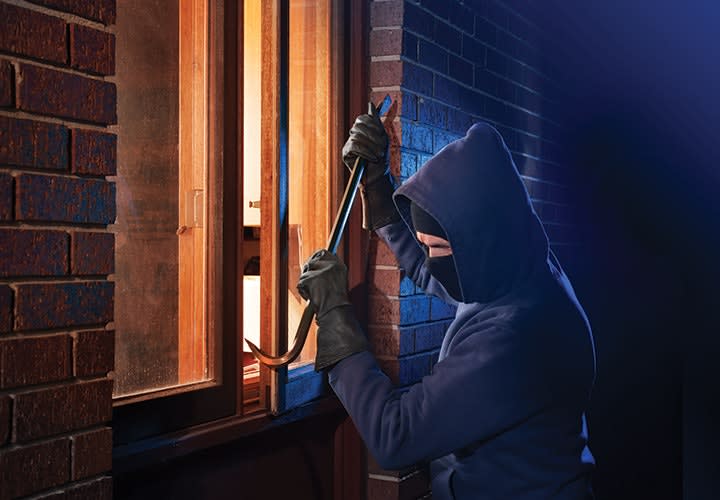Securing the scene is one of the most important considerations you have; it's where the bulk of your evidence lies. A mistake here can cost you the case. Not too long ago, I was made aware of an agency that mishandled a gun during a homicide investigation. After having his day in court, the suspect walked. That scenario could have easily been avoided if all those that were involved had understood that every part of an investigation is important. The whole is greater than the sum of its parts.
Securing the scene sets you up for things like processing the scene, interviewing witnesses, and keeping contamination out, including people. If you can't avoid unwanted guests, make sure you document who goes in and out by keeping a crime scene log. You'd be surprised at the number of rank and file I have kept out of my scenes by doing so. Gawkers know that being placed on that list puts them in line for a possible subpoena and a court appearance later on.
The level of training, equipment carried, and time required to process a scene should help determine who gets to do the honors. Any officer can accomplish a great deal with a basic finger print kit and a digital camera. However, there is a point at which it's better to call your crime scene technician to take over and let the officer go back to handling calls.
Speaking With Victims/Witnesses
After the scene is secured, you need to identify all your witnesses. If possible, keep witnesses from talking to each other, as this is not a group project. Once you get them talking, follow up their oral statements by taking a written sworn statement from each. You want them telling their story in their own words. You must also stress that the statement must be legible. It doesn't do anyone any good if it can't be read.












